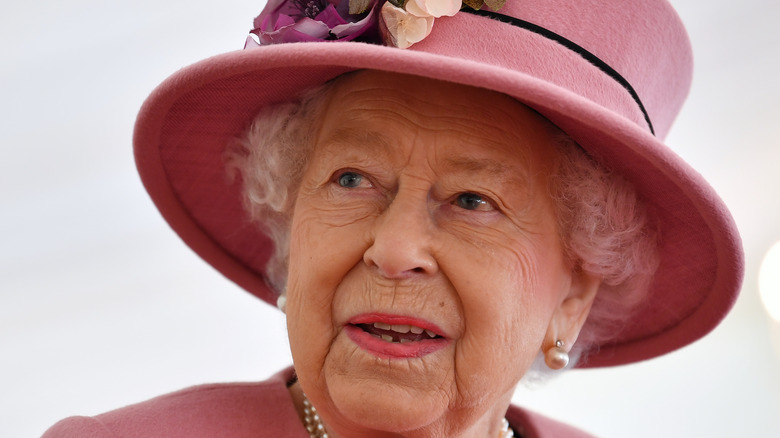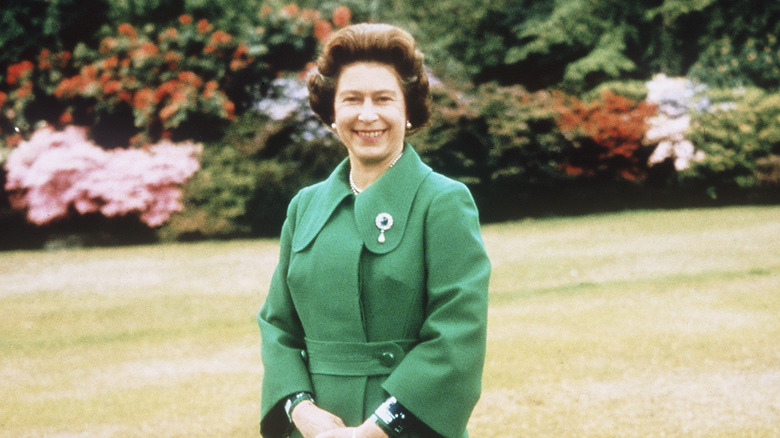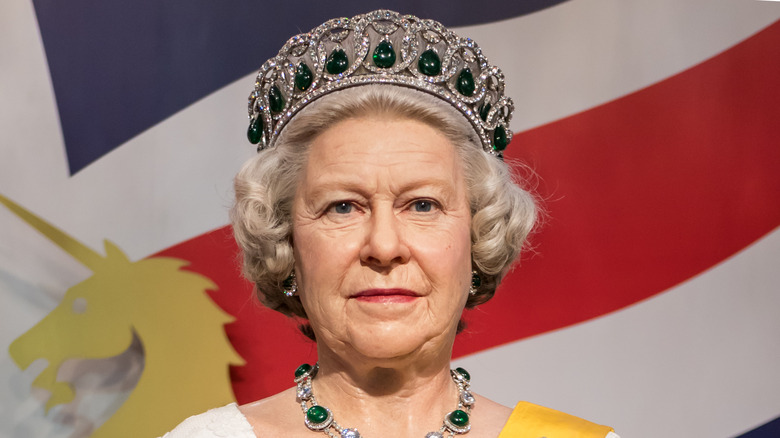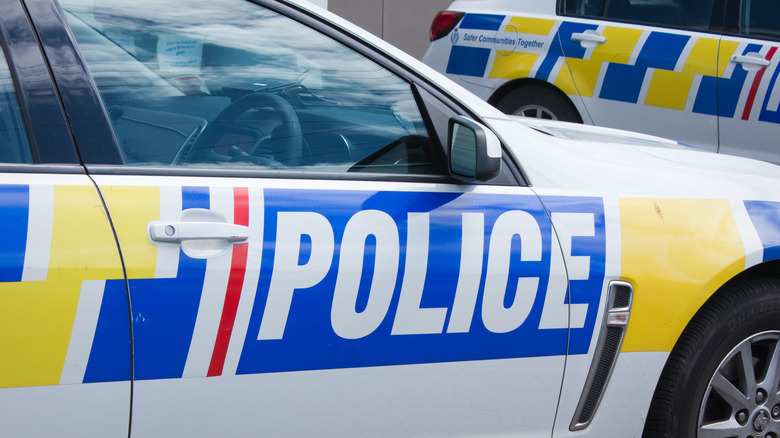The Scary Details Behind Queen Elizabeth's Assassination Attempt
According to an ancient legend, an impertinent courtier named Damocles once told his king that his highness was lucky, as a man of great wealth and power. To teach the man a lesson, the king allowed his servant to spend a day on the throne, albeit with a sword forever hanging over his head, symbolizing the constant peril that comes with the job of being a monarch.
These days, monarchs (with few exceptions) have little or no political power, but the Sword of Damocles still metaphorically hangs over their heads. Most governments take great care to provide security and safety for their sovereigns since even ceremonial figureheads like the U.K.'s Queen Elizabeth II can still be targets of violence.
In fact, several assassination attempts of varying degrees of seriousness have been made against the reigning queen, and in one case, an assassin actually fired a gun at the monarch while she was visiting New Zealand. Fortunately, the would-be murderer missed. Unfortunately, local police tried to cover it up to avoid embarrassment.
These are the scary details behind Queen Elizabeth's assassination attempt.
A new zealand teenager wanted to raise some hell
On October 14, 1981, according to Australia's ABC News, Queen Elizabeth and her husband, Prince Philip, paid a visit to the New Zealand coastal town of Dunedin. Unbeknownst to the Queen, her security detail, and police, a local teenager was planning to see to it that it would be her last visit anywhere.
Christopher John Lewis was only 17, but already local police were aware of him. Journalist Hamish McNeilly described Lewis as a troublemaker who had been expelled from multiple schools, and who was a "hardened criminal" even before he was legally an adult.
Lewis and two buddies created a gang of sorts, known as the National Imperial Guerrilla Army, and as such, they robbed gun stores of their merchandise and, later, a post office of its cash.
For reasons perhaps no more significant than a desire to raise hell — Lewis had said he wanted to "terrorize Dunedin," according to the Sydney Morning Herald — he tried to assassinate the Queen when she came through town.
Lewis fired at Queen Elizabeth and missed
On the day of the assassination attempt, Lewis took a page from the book of another assassin, Lee Harvey Oswald, and took up a position on an upper floor of a building that would have a view of the Queen's motorcade, .22 rifle in hand. Even though an assassination attempt had been made on Ronald Reagan a few months earlier in a similar way, local police, for whatever reason, did not check out area buildings before the motorcade passed through, according to ABC News.
He then fired a single shot, which, fortunately for the Queen, missed, harmlessly hitting the road. How close the bullet came to hitting Her Majesty, or indeed, anyone else, remains unclear to this day.
According to Biography, because he was using such a weak weapon, and because he didn't have a great vantage point anyway, it's unlikely he could have succeeded. He reportedly even admitted failure. "Damn, I missed," he reportedly said.
New Zealand police tried to cover it up
With their Sovereign having been shot at by a local teenager, New Zealand police found themselves with a potential international incident that could jeopardize future royal visits to the country, according to Time. In order to avoid embarrassment, police attempted to cover things up, and indeed, the matter stayed covered up until 2018.
There was, of course, the matter that the sound of gunfire rang out in Dunedin that day, but police passed it off as a sign falling, according to the Sydney Morning Herald, and later, as a firecracker, according to ABC News.
Similarly, there was the inescapable fact that a crime had taken place, and the perpetrator needed to be charged with something. Treason and/or attempted murder would have made the most sense, but those charges also would have led to awkward questions for the local police, so they instead charged him with unrelated firearms and robbery charges. Lewis took his own life while in prison, in 1997.



